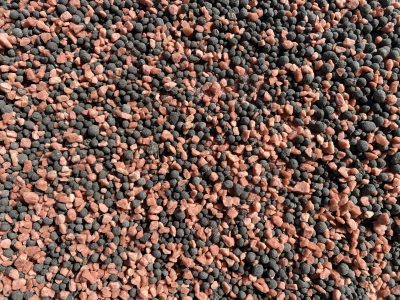$957.00/t
Multi K is made up of potassium from Potassium Chloride and potassium from DD-K. The potassium in chloride form will be available immediately to the plant while the potassium from DD-K will be released to the plant over a longer period offering a longer term response and improved utilisation while helping build capital soil potassium levels.
Multi K is an efficient potassium source for both crop and pasture applications.

Multi-K can offer improved potassium utilisation and responses compared to Potassium Chloride alone, as the addition of potassium sulphate, potassium carbonate, and potassium phosphate greatly enhance plant efficiencies and the stability of potassium in the soil.
Multi-K Benefits:
Summer, Autumn, Spring